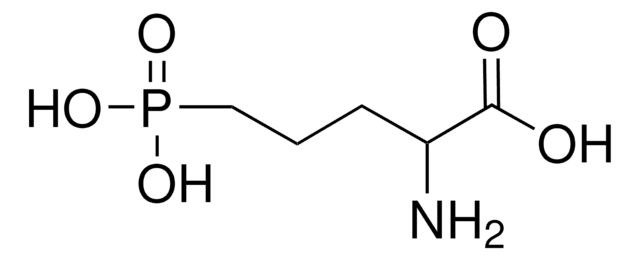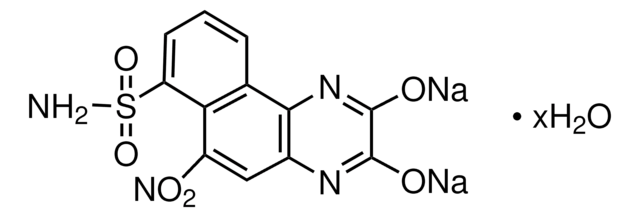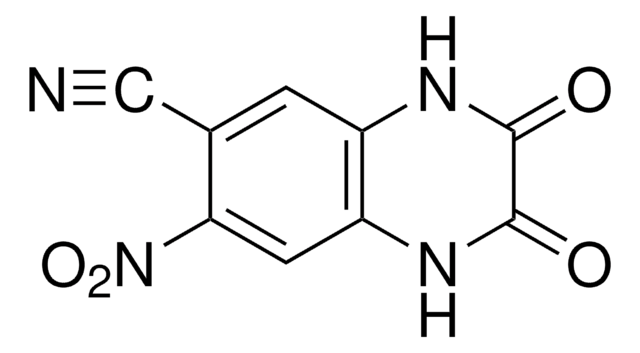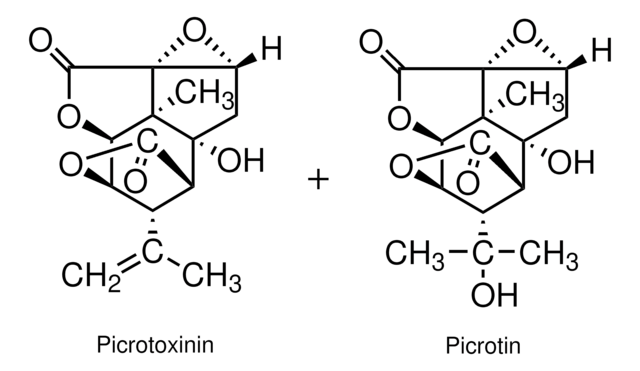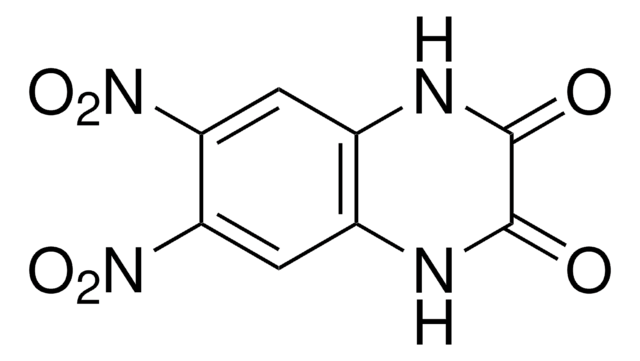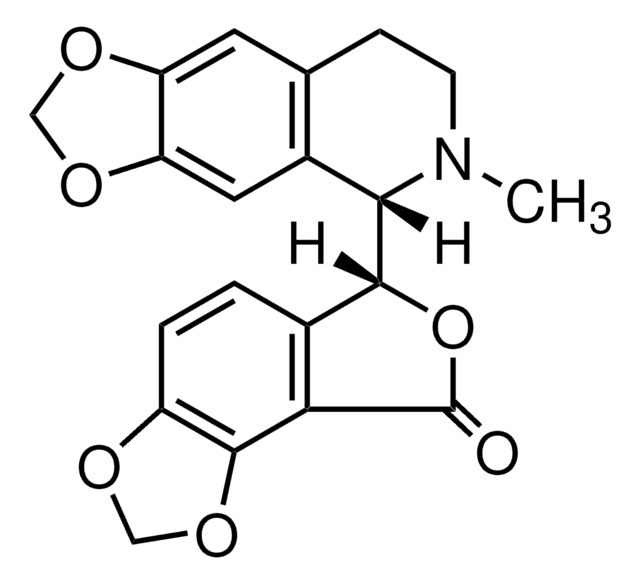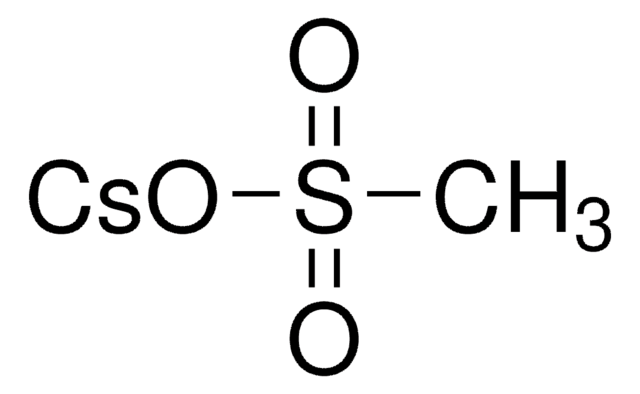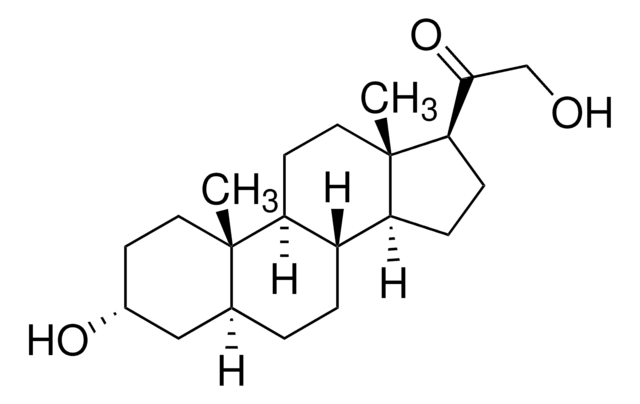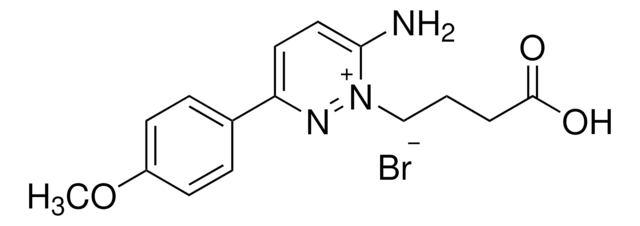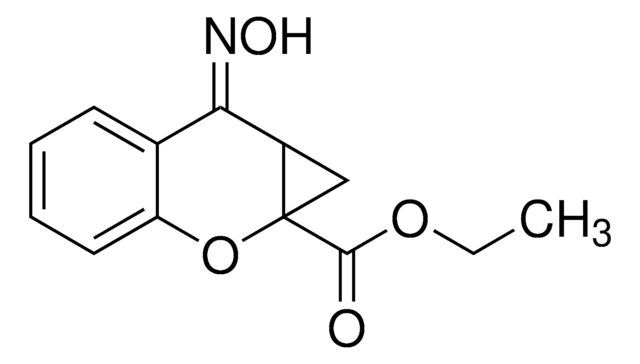A8054
D(−)-2-Amino-5-phosphonopentanoic acid
NMDA receptor antagonist
Synonym(s):
D(−)-AP-5, D(−)-APV, D-2-Amino-5-phosphonovaleric acid
About This Item
Recommended Products
Quality Level
Assay
≥98% (TLC)
form
powder
optical purity
optical purity: ≥90% (HPLC, Marfey′s reagent)
technique(s)
ligand binding assay: suitable
color
white
mp
245-246 °C
SMILES string
N[C@H](CCCP(O)(O)=O)C(O)=O
InChI
1S/C5H12NO5P/c6-4(5(7)8)2-1-3-12(9,10)11/h4H,1-3,6H2,(H,7,8)(H2,9,10,11)/t4-/m1/s1
InChI key
VOROEQBFPPIACJ-SCSAIBSYSA-N
Gene Information
mouse ... Grin2a(14811)
rat ... Grik1(29559) , Grin2a(24409) , Grin2b(24410) , Grin2c(24411) , Grin2d(24412)
Looking for similar products? Visit Product Comparison Guide
Application
Biochem/physiol Actions
Storage Class Code
11 - Combustible Solids
WGK
WGK 3
Flash Point(F)
Not applicable
Flash Point(C)
Not applicable
Personal Protective Equipment
Choose from one of the most recent versions:
Already Own This Product?
Find documentation for the products that you have recently purchased in the Document Library.
Customers Also Viewed
Rats and Blockade of Long-Term Potentiation in viva by the
IV-Methyl-D-Aspartate Receptor Antagonist AP5
Our team of scientists has experience in all areas of research including Life Science, Material Science, Chemical Synthesis, Chromatography, Analytical and many others.
Contact Technical Service